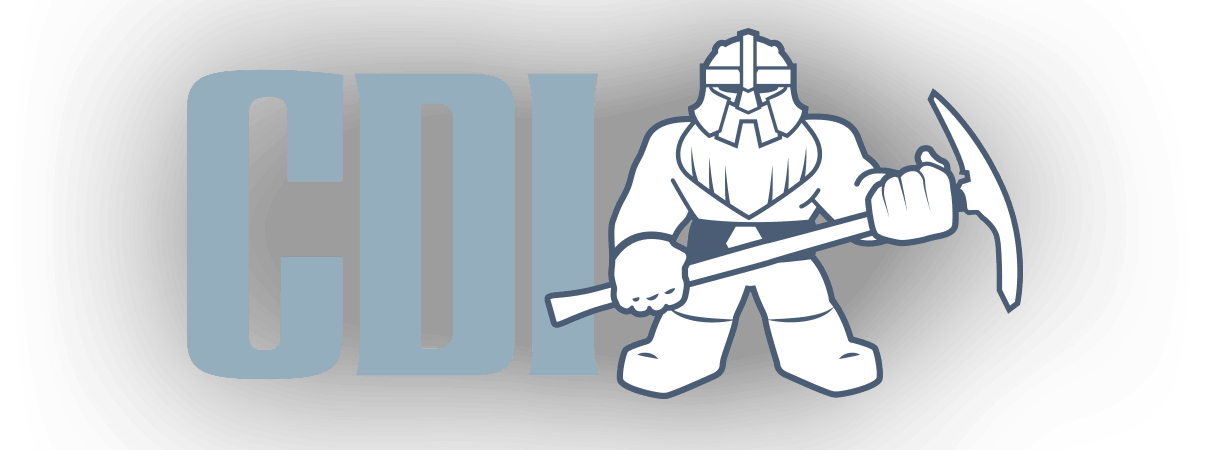CDI 2.0 is released
Our JCP Expert Group is pleased to announce the release of Contexts and Dependency Injection for Java 2.0.
Specification, reference implementation (JBoss Weld 3.0.0.Final) and TCK can be downloaded here.
What is CDI?
CDI is one of the major Java EE specification.
It was introduced with Java EE 6 in 2009, updated for Java EE 7 and now with version 2.0 it is ready for Java EE 8 as well for Java SE or other platform like Micropofile.
CDI defines a powerful set of complementary services that help improve the structure of application code.
-
A well-defined lifecycle for stateful objects bound to lifecycle contexts, where the set of contexts is extensible
-
A sophisticated, typesafe dependency injection mechanism, including the ability to select dependencies at either development or deployment time, without verbose configuration
-
Support for Java EE modularity and the Java EE component architecture?the modular structure of a Java EE application is taken into account when resolving dependencies between Java EE components
-
Integration with the Unified Expression Language (EL), allowing any contextual object to be used directly within a JSF or JSP page
-
The ability to decorate injected objects
-
The ability to associate interceptors to objects via typesafe interceptor bindings
-
An event notification model
-
A web conversation context in addition to the three standard web contexts defined by the Java Servlets specification
-
An SPI allowing portable extensions to integrate cleanly with the container
Major features included in CDI 2.0
This CDI 2.0 includes important changes for the platform.
-
The spec was split into 3 parts to add the support for Java SE.
-
API to boot CDI in Java SE.
-
Observers (i.e. events) ordering.
-
Configurators for major SPI elements
-
Possibility to configure or veto observer methods.
-
Make possible to apply interceptor on producers.
-
Alignment on Java 8 features (streams, lambdas, repeating qualifiers)
A lot of other small feature will be delivered. Refer to the coming release notes to check them all.
Start using CDI 2.0 today with Weld 3.0
To develop your CDI 2.0 code just add cdi-api 2.0 your pom.xml.
<dependency>
<groupId>javax.enterprise</groupId>
<artifactId>cdi-api</artifactId>
<version>2.0</version>
</dependency>You can then run your code on Java SE or on WildFly
Running on Java SE with Weld SE
You can then run your code on Java SE thanks to Weld SE, just add this dependency to your project:
<dependency>
<groupId>org.jboss.weld.se</groupId>
<artifactId>weld-se-shaded</artifactId>
<version>3.0.0.Final</version>
</dependency>You can then, bootstrap the CDI container in your code like this
public static void main(String... args) {
try(SeContainer container = SeContainerInitializer.newInstance().initialize()) {
// start the container, retrieve a bean and do work with it
MyBean myBean = container.select(MyBean.class).get();
myBean.doWork();
}
// shuts down automatically after the try with resources block.
}Running on Java EE by patching WildFly
We also provide a patch for WildFly 10.1.0 to update Weld and thus CDI version on JBoss WildFly.
To do so just download and unzip WildFly 10.1.0.Final, then download the patch (don’t unzip it), go to the <WILDFLY_HOME>/bin directory and patch the server with the following command:
./jboss-cli.sh --command="patch apply <PATH_TO_PATCH>/wildfly-10.1.0.Final-weld-3.0.0.Final-patch.zip"
you should obtain the following result in the console:
{
"outcome" : "success",
"result" : {}
}Your WildFly server is now patched to use CDI 2.0 and Weld 3.0.0.Final.
GlassFish 5.0 with CDI 2.0 support should be release in the coming weeks.
Stay tuned
We’ll provide more article on CDI 2.0 new features so stay tuned by following @cdispec twitter account.
